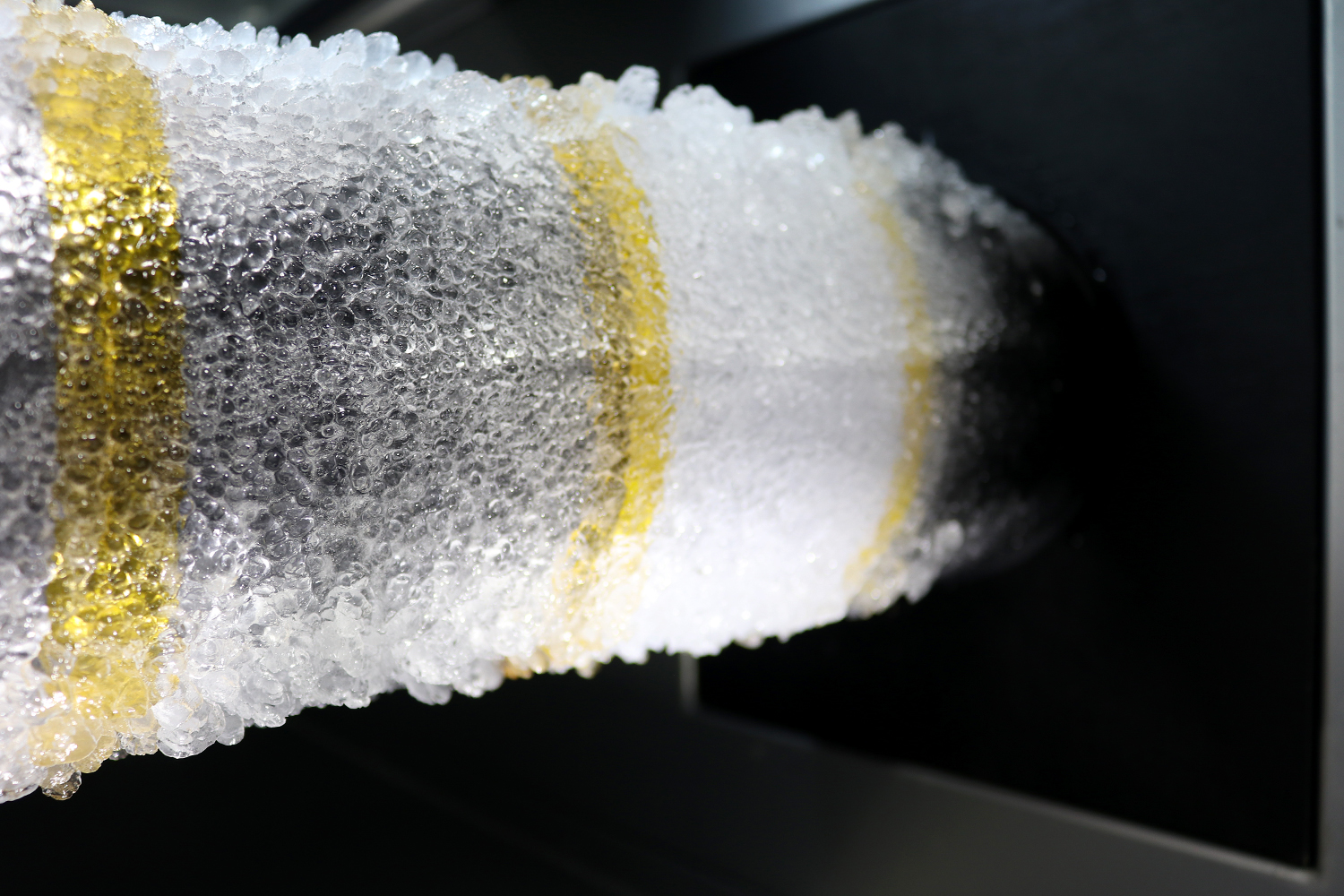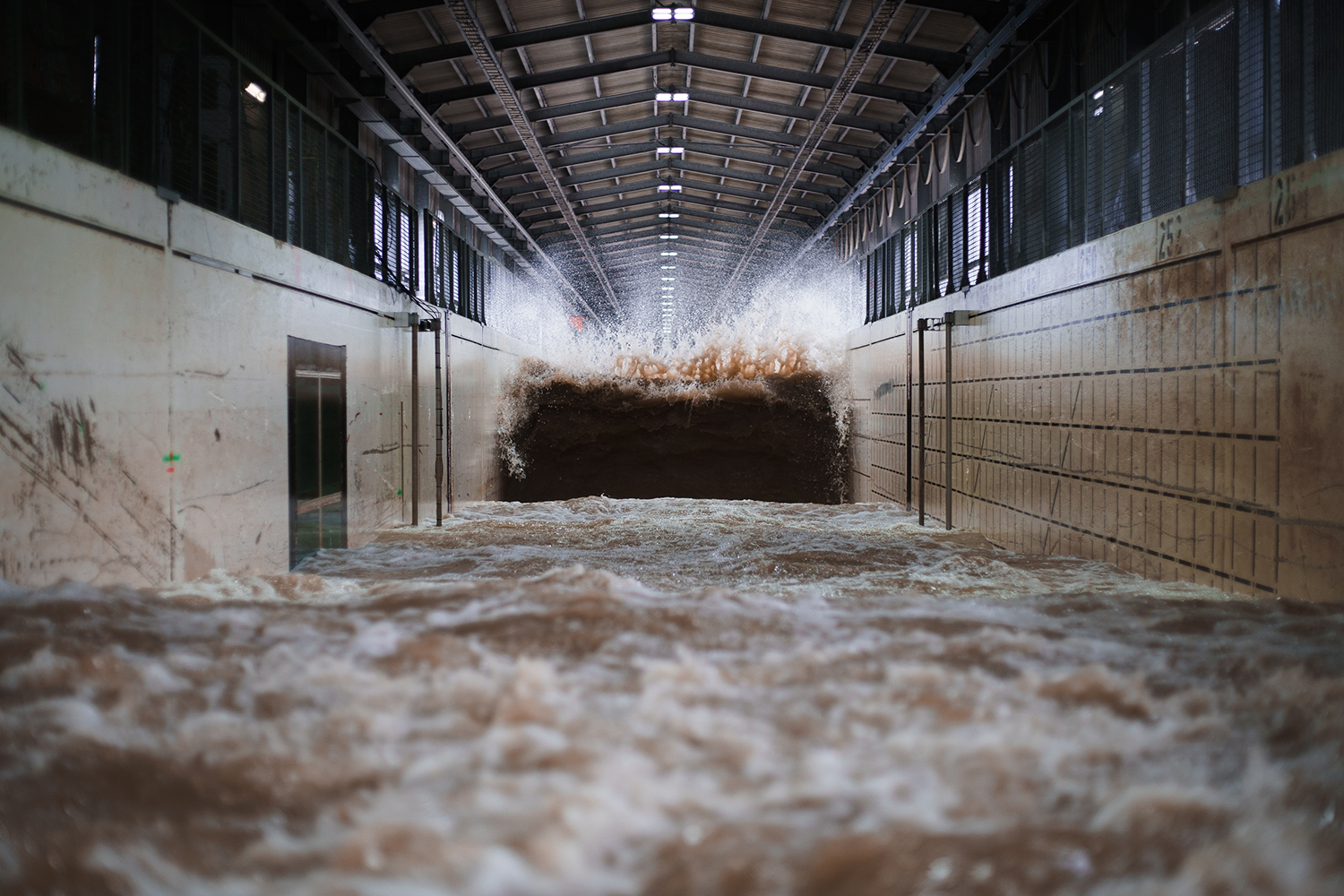Wind energy research and teaching at TU Braunschweig
Wind energy research and teaching have a long tradition at Technische Universität Braunschweig. A number of ongoing projects, cooperations and new measurement campaigns show how strongly this area is developing across institutes. An overview.
The Institute of Flight Guidance is involved in the international wind energy measurement campaign AWAKEN in the USA in September 2023 by providing aircraft measurements. The Klaus Tschira Foundation is making it possible for the Cessna F406 research aircraft to begin its ferry flight to the USA at the end of August and then measure the wake of wind farms on site during a large-scale experiment in the Great Plains. The aim is to investigate how quickly the wind recovers behind onshore wind farms. Flights have already been carried out in two large projects to study the recovery of wind speed behind offshore wind farms.
At the Institute of Fluid Mechanics, research is being conducted into the icing of rotor blades and measures against icing. In addition, fundamental aspects of fluid mechanics relevant to wind turbines are being investigated: from measurement methods, profile aerodynamics, unsteady aerodynamics, to numerical methods, turbulent flows, laminar boundary layers and their transition.

Iced test cylinder with various microstructured foils in the Braunschweig ice wind tunnel of the Institute of Fluid Mechanics at TU Braunschweig. Photo credit: Vickram Singh
Especially in offshore conditions that are difficult to access, it is essential to continuously monitor wind turbines digitally. Using data-driven modelling, methods are being developed at the Institute for Computational Modelling in Civil Engineering that enable accurate and energy-efficient structural health monitoring in the sense of digital twins to maximise the service life and efficiency of wind turbines.
In addition to the development of rotor blades, the Institute of Jet Propulsion and Turbomachinery is primarily dedicated to maximising the efficiency of wind farms. Due to the interactions between wind turbines, it is necessary to optimise the design and operating strategy of the turbines, taking into account the entire wind farm, in order to maximise the yield.
At the Institute of Dynamics and Vibrations, statistical simulation methods and efficient surrogate models are being developed to estimate the condition and workload of wind turbines.
The Institute of Aircraft Design and Lightweight Structures is intensively investigating the fatigue behaviour of (glass) fibre composites. These findings are particularly relevant for the highly alternately loaded rotor blades of wind turbines. The knowledge gained can be used to better describe and predict the fatigue behaviour and service life of such components. Furthermore, the researchers are working intensively on the size effect of thick-walled, load-bearing fibre composite components, such as those used for wind turbine rotor blades.
The Institute for Mathematical Optimization is working on the optimal power output of wind farms. It is developing a methodology for determining optimal rotor blade settings for entire wind farms.

A large-scale experimental campaign is planned in the newly expanded Large Wave Flume at the Coastal Research Centre in Hannover as part of the NuLIMAS project. Photo credit: Connor McBriarty/TU Braunschweig
The Leichtweiß Institute of Hydraulic Engineering and Water Resources is currently conducting research on three wind energy projects: In the NuLIMAS project, an international research team is developing a numerical code to simulate severe seabed failure (liquefaction) induced by waves and structural loads. Here, a floating offshore wind turbine serves as a case study and is being tested on a large scale in the Large Wave Current Flume (GWK+) of the Coastal Research Centre (FZK).
The Anemoi project investigates chemical emissions from offshore wind turbines and their impact on ecosystems and aquacultures. As the potential pollution of the marine environment by dissolved and particulate pollutants from the wind turbines, for example from the corrosion protection systems, is largely unknown, the project identifies relevant chemical emissions from offshore wind turbines, assesses impacts on ecosystems and aquacultures, and formulates proposals for improvements to reduce chemical emissions from offshore wind turbines.
The EnviSim4Mare project aims to improve the design of offshore wind turbines and provide knowledge on engineering design parameters for offshore structures under the influence of marine fouling, for which extensive test campaigns are carried out at the LWI’s experimental facilities.

Wind farm in the North Sea. Photo credit: Ocean Breeze Energy GmbH & Co. KG
The Institute of Steel Structures is concerned with the service life and remaining service life of steel structures. It examines and evaluates material fatigue at notches, for example at weld seams. The institute is also dedicated to the repair of fatigue cracks under load. Another focus is wind engineering. Static and dynamic investigations of structures are carried out at the institute’s own boundary layer wind tunnel.
In addition, students have had the opportunity to study wind energy for many years in various degree programmes and lectures, for example in the Bachelor’s programme in Mechanical Engineering and Sustainable Engineering of Products and Processes and in the Master’s programmes in Mechanical Engineering, Computational Sciences in Engineering, Sustainable Energy Engineering and Environmental Engineering.
